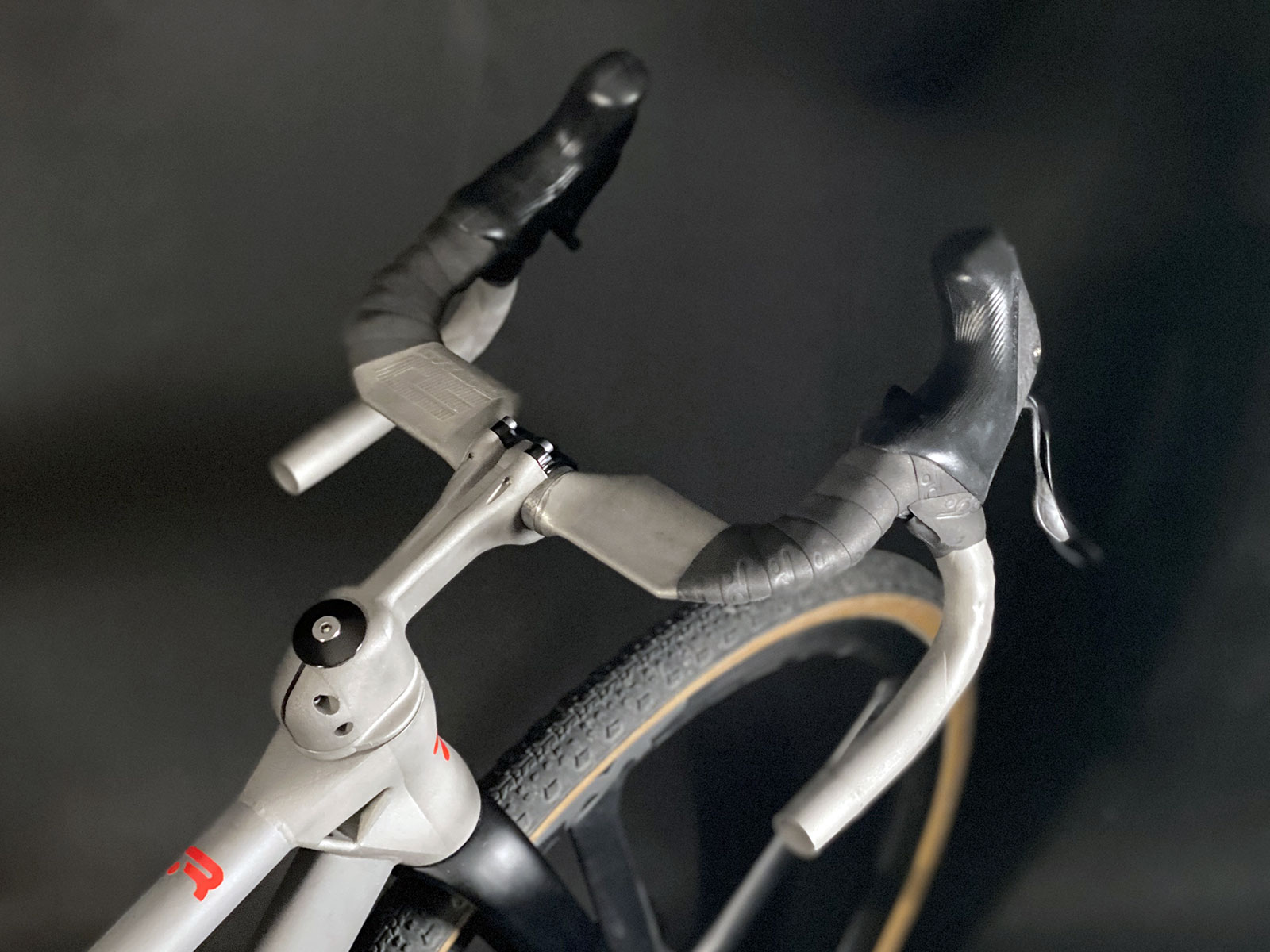The current trend in the pro peloton (and your local crits) is a long and tight setup. Narrow bars – ranging from 36cm to 38mm (mostly) with a longer stem and not totally slammed like the old days. I rock a similar setup on my test bike (Canyon Aeroad) with a 120mm stem and 37.5 bars (measured hood to hood), and I’ve never felt more locked and loaded on a machine.
However, bar width isn’t just for the aero-focused road racer. Bar width is personal for the rider, especially for smaller riders looking to maximize their fit, and women riders in particular.
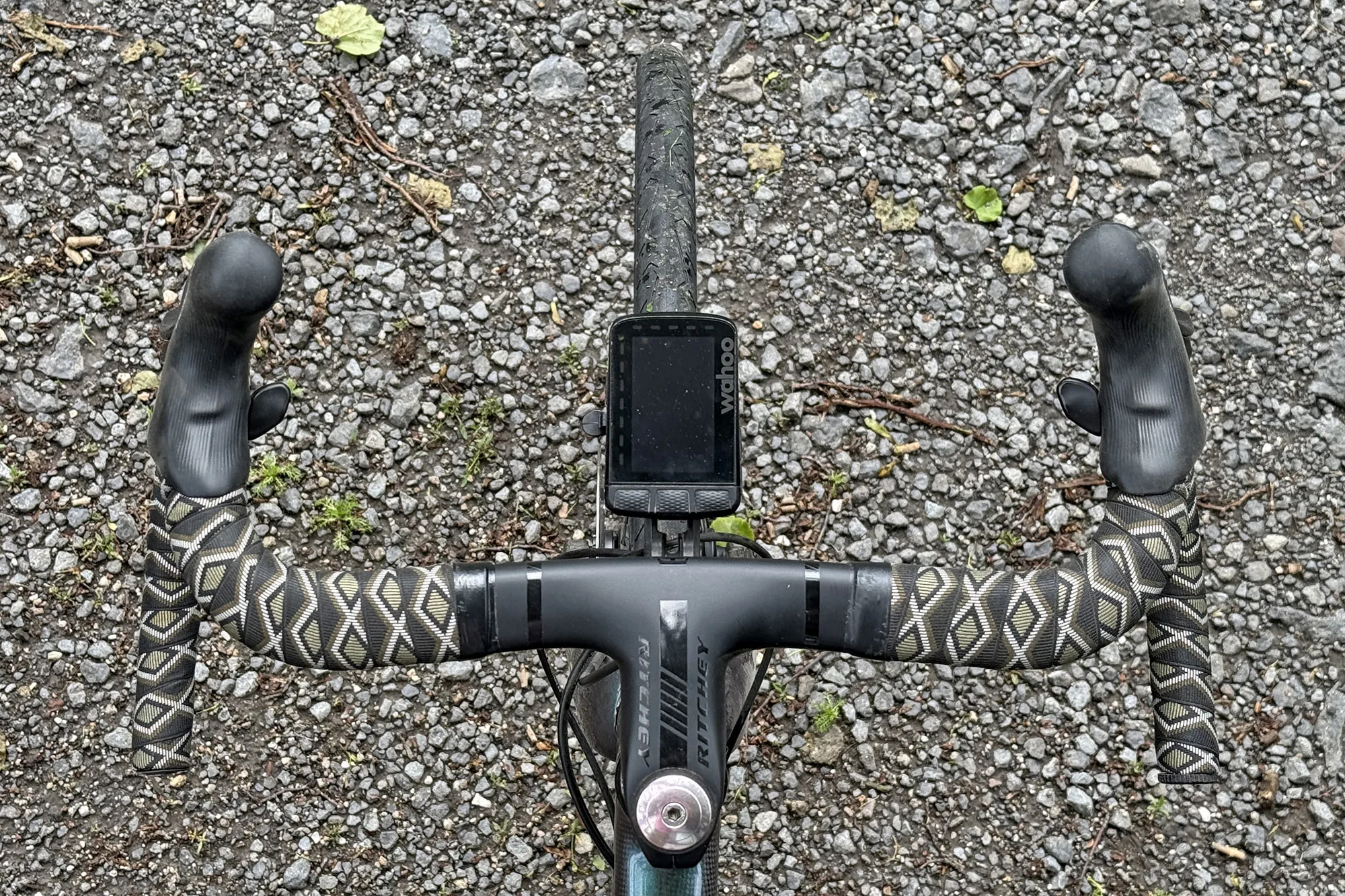
However, the UCI (the same governing body responsible for removing the Ritchey Rainbow stripes) and the limited sock height ruling are stating that these narrow bars aren’t safe for the peloton. Unfortunately, that isn’t something that will just affect the professionals; it will soon trickle down to you too.
So, bike fit crusaders, My Velo Vit (the online fit tool/app), is taking the bull (or bar, if you’re into puns) by the horns and saying they’re misinformed and, more so – just wrong.
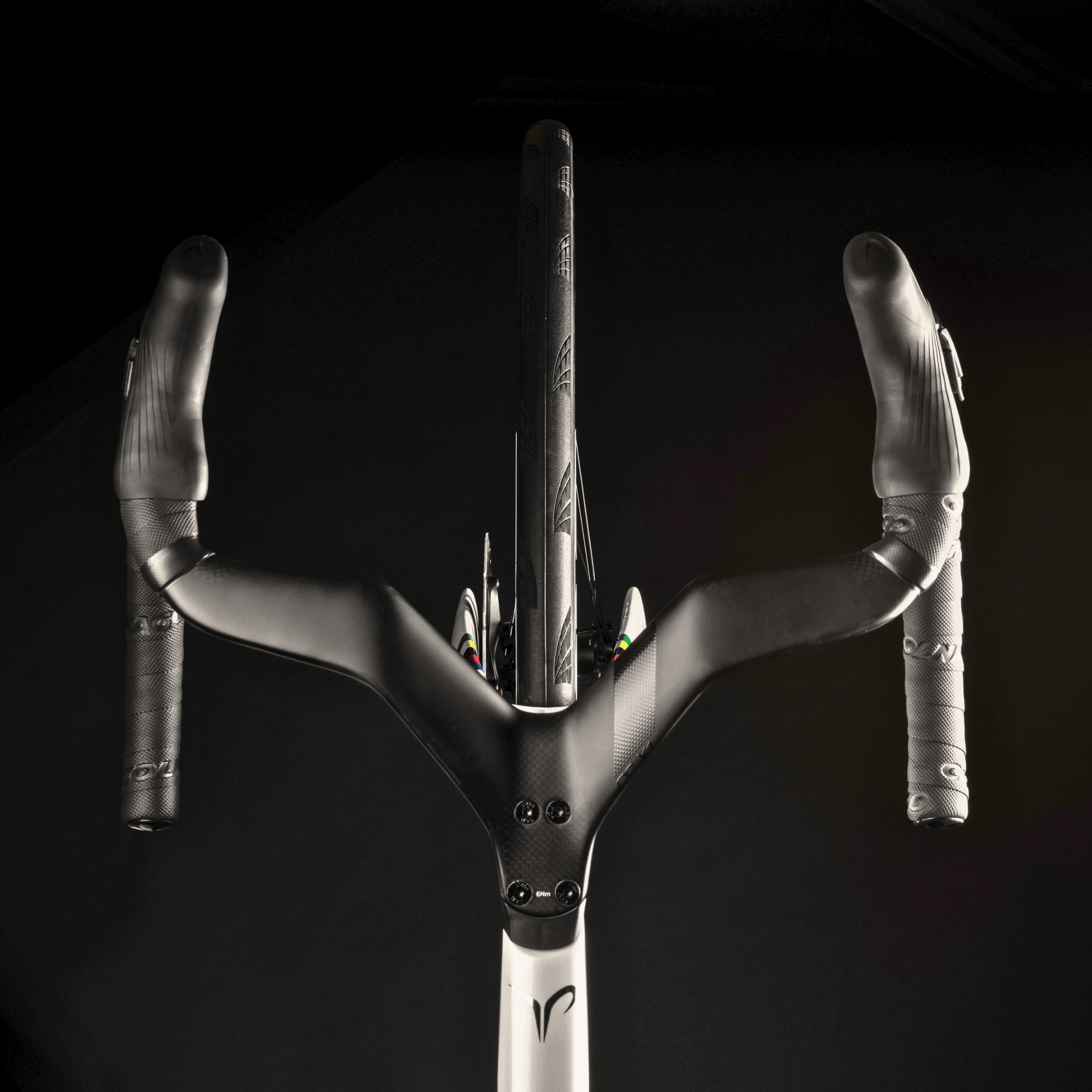
What’s the Deal With Bar Width and the UCI?
If the latest UCI tech regulation on handlebar widths has you scratching your head (or worse, swapping parts), you’re not alone. The team at MyVeloFit—a platform sitting on the largest pile of rider-submitted fit data in the world — is pushing back. Hard. And we’re here for it.
The new rules state, “As of [1 January 2026], the minimum overall width of handlebars (outside to outside) for mass start road and cyclo-cross events will be set at 400mm, with an inner width of 320mm between brake levers.”
Key Points About UCI Barwidth Rules:
- Minimum width: The overall handlebar width at its widest point (typically the drops) must be at least 400 mm.
- Brake lever width: The internal width between the brake levers must be at least 320mm.
- Effective date: The rule will take effect on January 1, 2026, for road and cyclo-cross mass-start events.
- Track racing: Track racing will have a slightly narrower threshold, with a minimum width of 350mm, starting January 1, 2027.
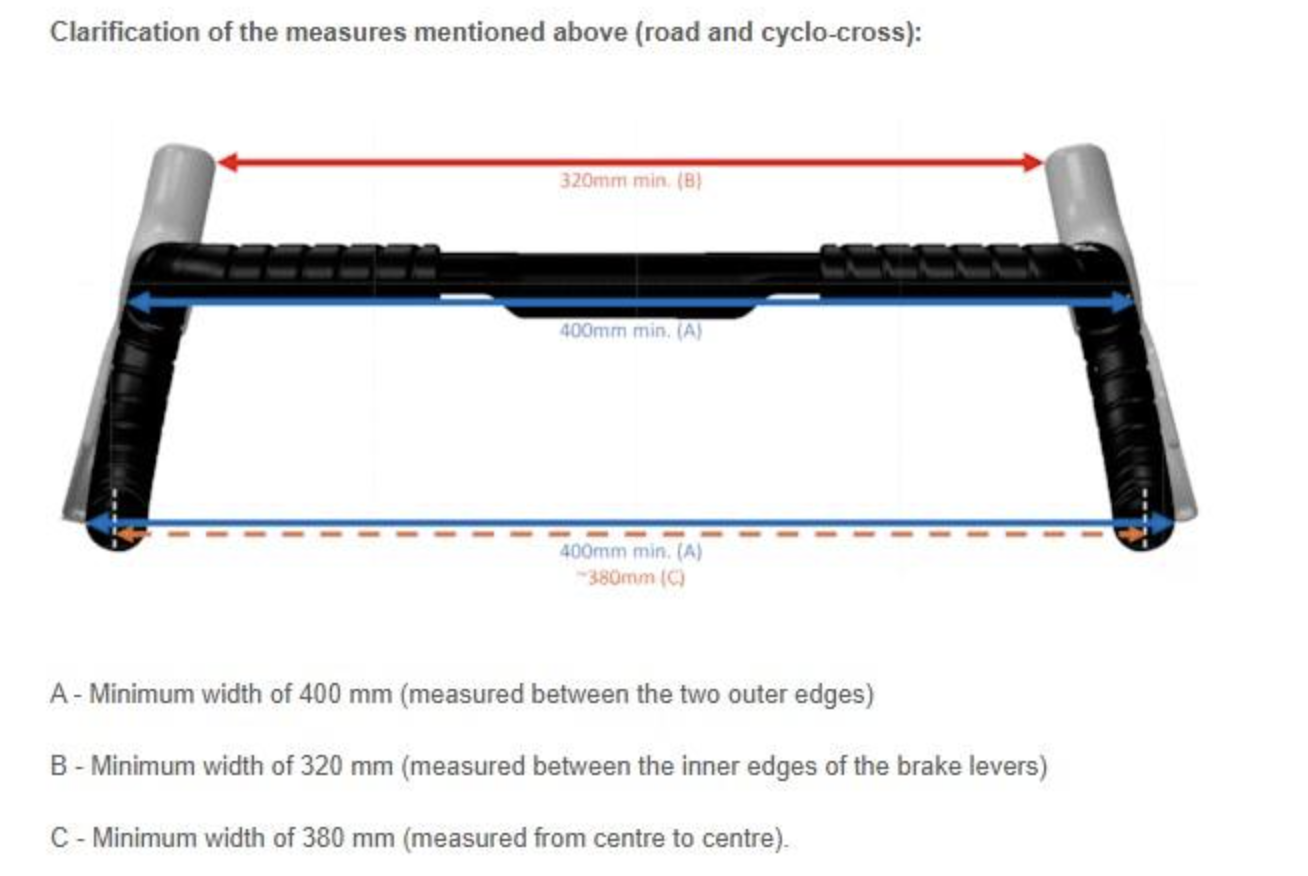
MyVeloFit Hits Back
MyVeloFit has launched a petition that has amassed 4,484 signatures and counting (you can sign it here). The petition simply asks the UCI to reconsider its newly minted rule. It doesn’t sound like much to folk not immersed in the professional pits, but if you are, you know it’s not gonna work. Not if you’re a smaller rider, or most women, or, well, anyone who’s actually had a professional fit.

Jesse Jarjour – CEO of MyVeloFit says “Based on real-world data, the average handlebar width for women should be closer to 38cm—not 40. This rule risks sidelining riders, increasing injury potential, and messing with proper ergonomics.”
As of June 20th, the UCI has issued a “clarification” of sorts, after the backlash from nearly all sides of the cycling universe. The updated statement clarifies the ruling slightly, with the addition of diagrams, but the facts remain the same.
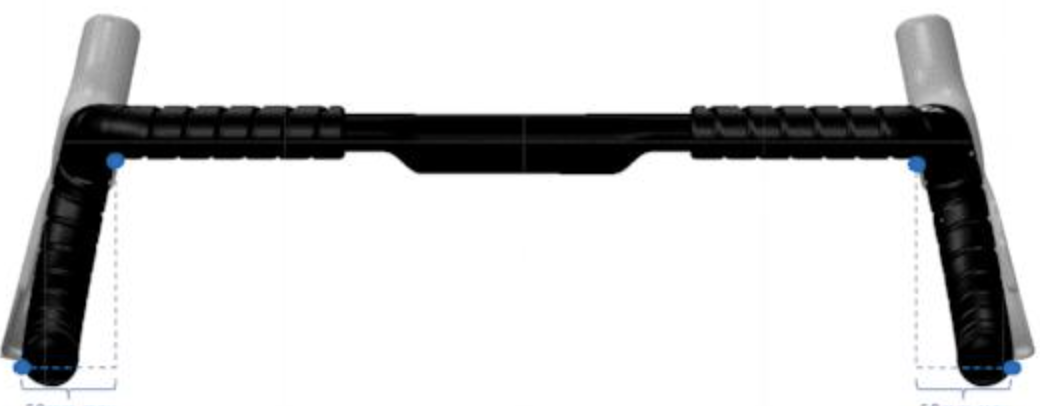
“These changes, defined in consultation with stakeholders, aim to ensure that all athletes, regardless of their body type, can compete with equipment that is both high-performance and safe. In addition, the new rule includes another maximum dimension regulating the flare design of the handlebar for road and cyclo-cross bikes: there must be a maximum distance of 50mm between the internal extremity of the handlebar and the outer edge of the handlebar on the same side. For track, the distance will be 80mm.”
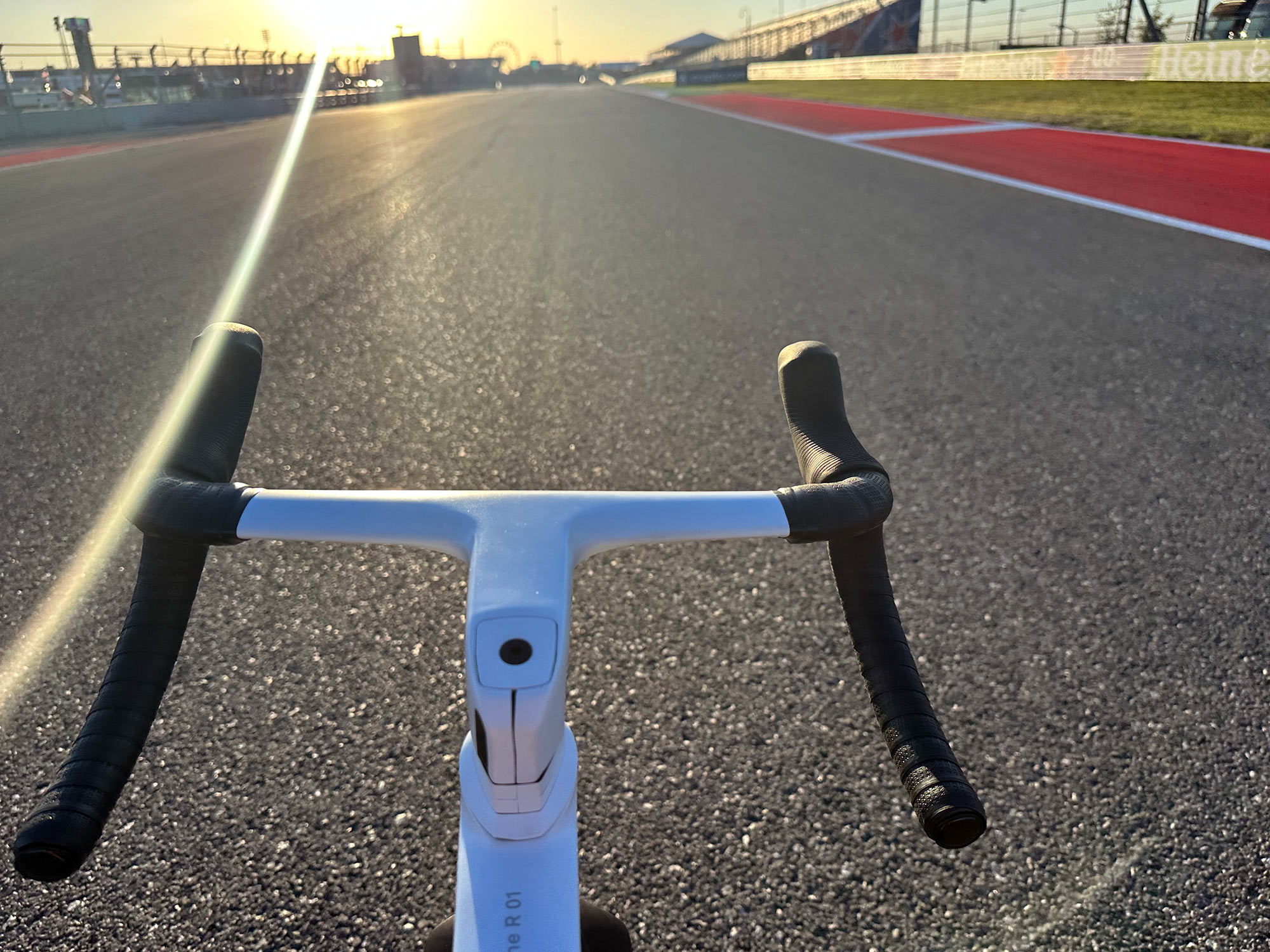
So, Why is This a Big Deal?
Here’s what MyVeloFit—and the data—say the UCI got wrong:
- Bad Fit for Smaller Riders: The rule disproportionately affects women and smaller athletes, forcing them into setups that just don’t fit.
- Biomechanics Bungle: Many riders rotate their levers slightly inwards for better wrist alignment. This rule may negate that, increasing strain and injury risk (especially if you have broken your wrists multiple times, like me).
- Modern Levers Are Already Wide: Some setups, like Shimano Di2, push lever spacing limits even without any tilt, adding to compliance headaches.
- Safety Takes a Backseat: Forcing riders to use bars that are too wide for their frames can lead to long-term issues, including numbness, discomfort, and even more severe problems.
- Intent vs. Impact: Even if the goal is to curb aero gains or sketchy setups, this change doesn’t consider the full picture, such as what happens when the bars are too wide.
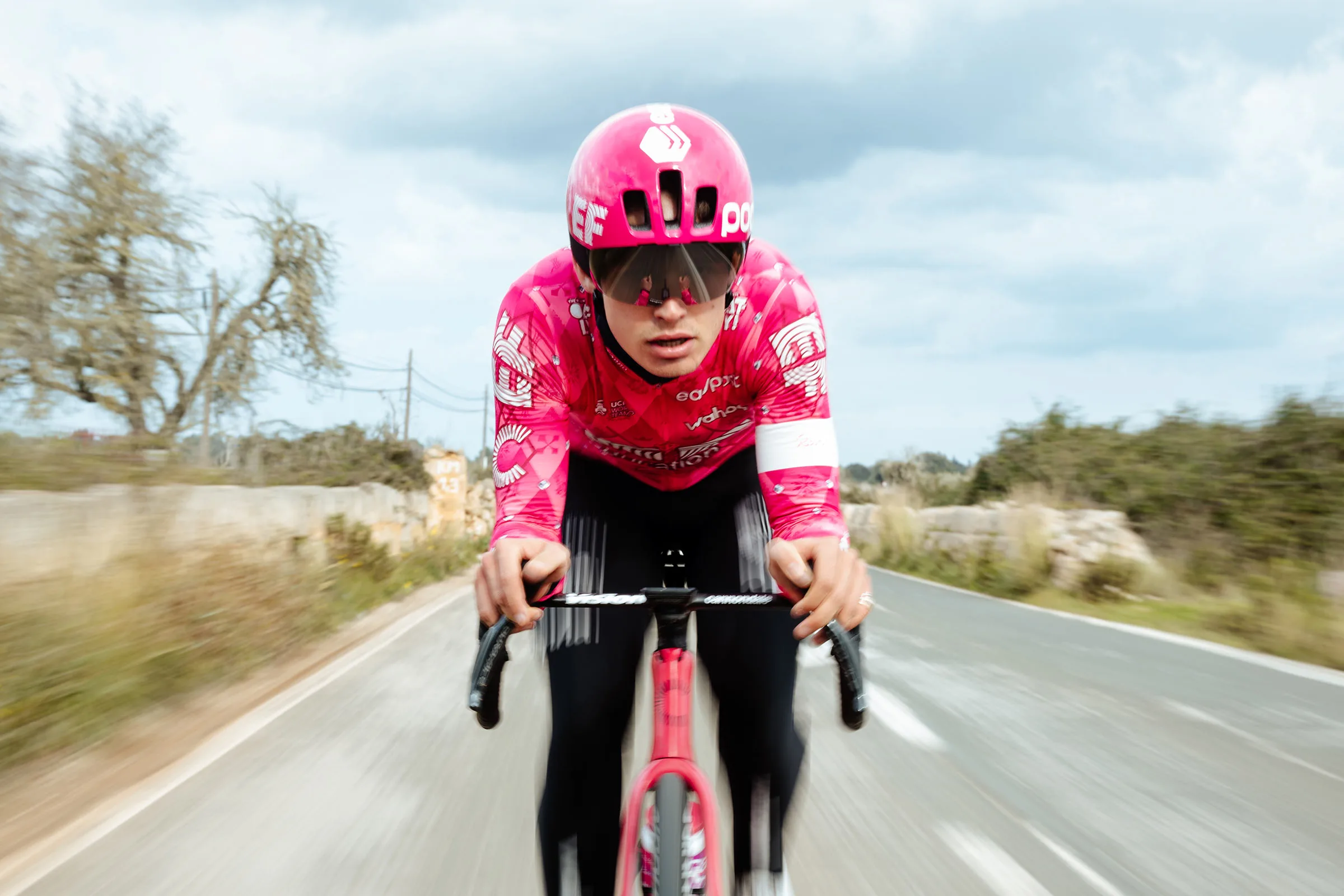
What’s the Solution?
MyVeloFit isn’t just waving a flag—they’re offering a solution grounded in the largest global database of fit measurements. They’re calling on the UCI to lean into real-world numbers and make rules that reflect the riders they govern.
“If there has to be a rule, let’s make it a smart one,” Jarjour adds. “Thirty-eight centimeters is a much more inclusive minimum, and 28cm between levers would reflect actual rider needs, not just guesses from above.”
Want to back it? The petition is live now, and open to anyone—riders, fitters, mechanics, brands—who think the sport should be inclusive, not exclusive. Especially when the data is this clear.
